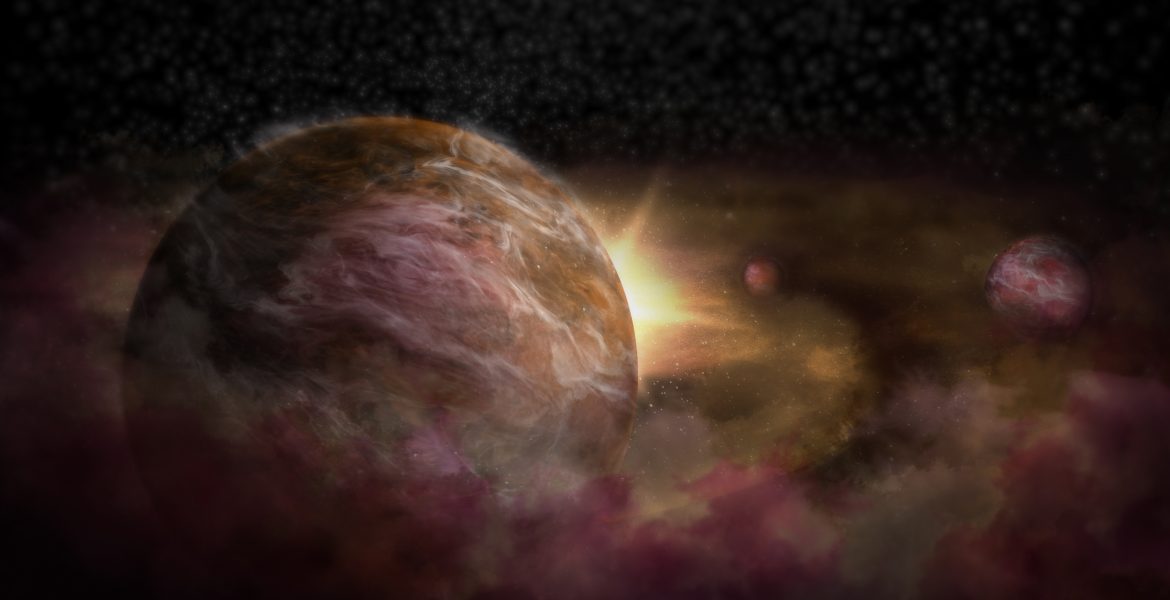
New research from the University of Georgia reveals that artificial intelligence can be used to find planets outside of our solar system. The recent study demonstrated that machine learning can be used to find exoplanets, information that could reshape how scientists detect and identify new planets very far from Earth.
“One of the novel things about this is analyzing environments where planets are still forming,” said Jason Terry, doctoral student in the UGA Franklin College of Arts and Sciences department of physics and astronomy and lead author on the study...
Read More





![An ALMA image of the star HD 163296 and its protoplanetary disk as seen in dust. New observations suggested that two planets, each about the size of Saturn, are in orbit around the star. These planets, which are not yet fully formed, revealed themselves in the dual imprint they left in both the dust and the gas portions of the star’s protoplanetary disk. (Credit: ALMA [ESO/NAOJ/NRAO]/Andrea Isella/B. Saxton [NRAO/AUI/NSF]) - See more at: http://news.rice.edu/2016/12/12/rings-around-young-star-suggest-planet-formation-in-progress/#sthash.pbHZ2cMD.dpuf](https://news.rice.edu/files/2016/12/1212_RINGS-2-web-t3zwz2.jpg)


Recent Comments